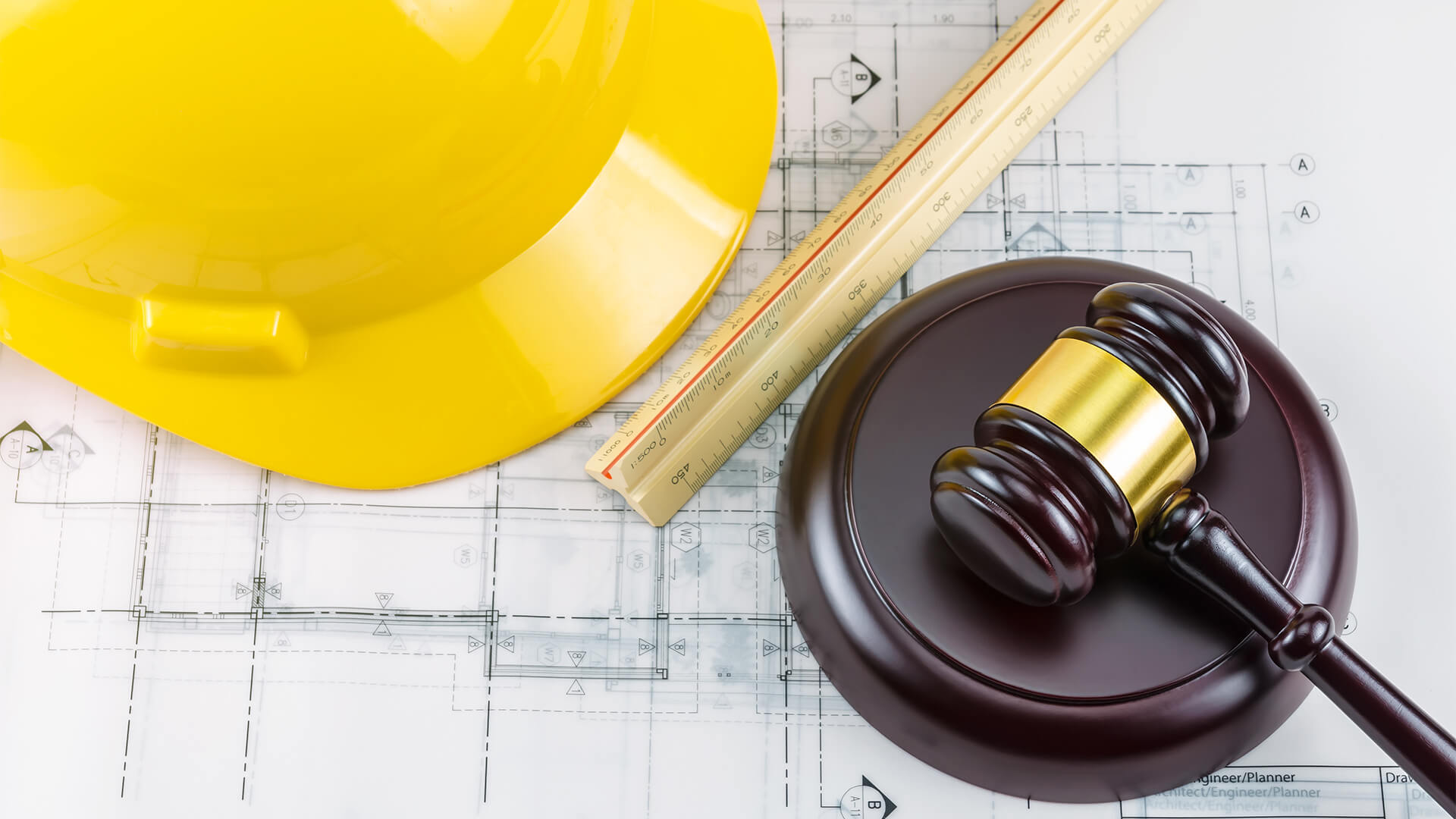Building a home is an exciting process, but the right project delivery method could make or break construction. The project delivery method used to build a new home directly impacts the entire process, from design to construction, including how project staff are hired and who is involved in what steps of the project.
Different project delivery methods will work better for some homebuilders than others, especially when it comes to varying priorities. The owner may want to be deeply involved in the process on some projects while other future homeowners may be most concerned about keeping costs to a minimum. There is a project delivery method to meet the needs of virtually any homebuilder.
Lowest Price: Design-Bid-Build
By far the most common project delivery method is design-bid-build. This method is essentially the traditional approach to the homebuilding process. It prioritizes the owner’s design priorities, with the owner typically bringing in an architect’s services well before contracting construction services.
After the design is finished, the owner takes bids from construction companies. These bids will generally be a guaranteed maximum price for the project. Whichever group can offer the lowest price to build the desired design will be awarded the contract for the project.
This project delivery method is well-established and ensures the owner is getting the lowest price for the design they want. However, one drawback may be that the construction team is not involved in the design process. While this is not strictly necessary, it can be helpful to have the contractor consult on any potential construction issues or inefficiencies during the design phase.
Simplicity: Design-Build
For homebuilders who want a straightforward, streamlined project delivery method, design-build is the way to go. This method is centralized in a way that maximizes convenience for the owner.
Typically, the architect and contractor are already contractually connected to one another from the start of the project. As a unit, they have one contract with the owner, which can be with either the architect or contractor. Which party leads the project generally depends on the complexity of the design.
This system can be highly efficient, since the contractor and architect are expected to already have good communication with one another. So, the design-build method can be a great option for homebuilders who want to prioritize a rapid build. However, if communication between the contractor and architect falters, the project can run into speed bumps.
Similarly, the contractor and architect may run into conflicting priorities that need to be sorted. A key example of this is the contractor’s goal of keeping costs down, which may not always suit the architect’s ideals for the design.
Owner Involvement: Management Multi-Prime
For homebuilders who have some experience in construction or architecture, the construction management multi-prime project delivery method could be a great fit. This method is ideal for homebuilders who want to prioritize their control over the project itself.
Perhaps the owner or a member of their family has a background in design or has built homes before. These owners will generally have a clear idea of their goals for the project and how best to meet them. The multi-prime project delivery method is ideal for cases like this because it maximizes the owner’s involvement throughout.
In the multi-prime project delivery method, the owner acts as the general contractor. They establish contracts with the architect or designers and the contractors directly. This method can be helpful for everyone from designers to subcontractors, since they have a direct relationship with the owner.
For example, the owner may have specific standards for the heavy equipment in mind. The multi-prime method gives them the authority to oversee the purchasing or rental of that equipment personally.
However, homebuilders should be cautious about utilizing this method. It is best suited to those with previous homebuilding and project management experience. Owners who lack the necessary knowledge may end up holding back the process more than advancing it.
Collaboration: Integrated Project Delivery
When maximizing collaboration is a top priority for a new home build, the integrated project delivery method is often the best choice. This is a more innovative approach to homebuilding, but it can offer a process that combines the best of the other methods in many ways. In integrated project delivery, before design begins, all the key members of the project are selected and joined under one contract. This means that contractors, for example, are part of the design phase just as much as architects.
Maximizing collaboration in homebuilding can ensure the process as a whole is as streamlined as possible. Similar to the design-build method, integrated project delivery fosters good communication. Bringing contractors into the design process, for example, will result in smoother construction since the contractor’s team is already familiar with the design ahead of time. This can also allow for diverse input on materials and build methods, which is more likely to result in the highest value construction possible.
Project Delivery Methods for Homebuilding
More and more people are taking the plunge on building their own homes. With the U.K. in need of hundreds of thousands of new homes, this is a great option for prospective homeowners.
The project delivery method is at the heart of a good homebuilding experience for everyone involved in the project. Choosing the right project delivery method ensures the owner’s dream home meets their priorities, whether it’s a sleek design, an affordable price, or anything in between.
By Evelyn Long, Editor-in-Chief of Renovated.
































